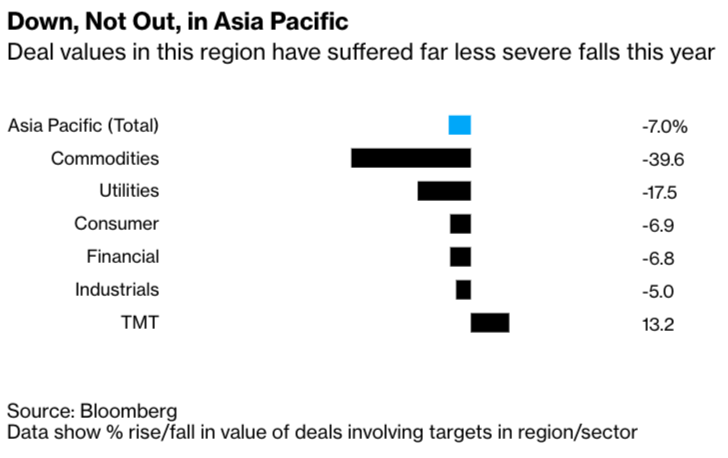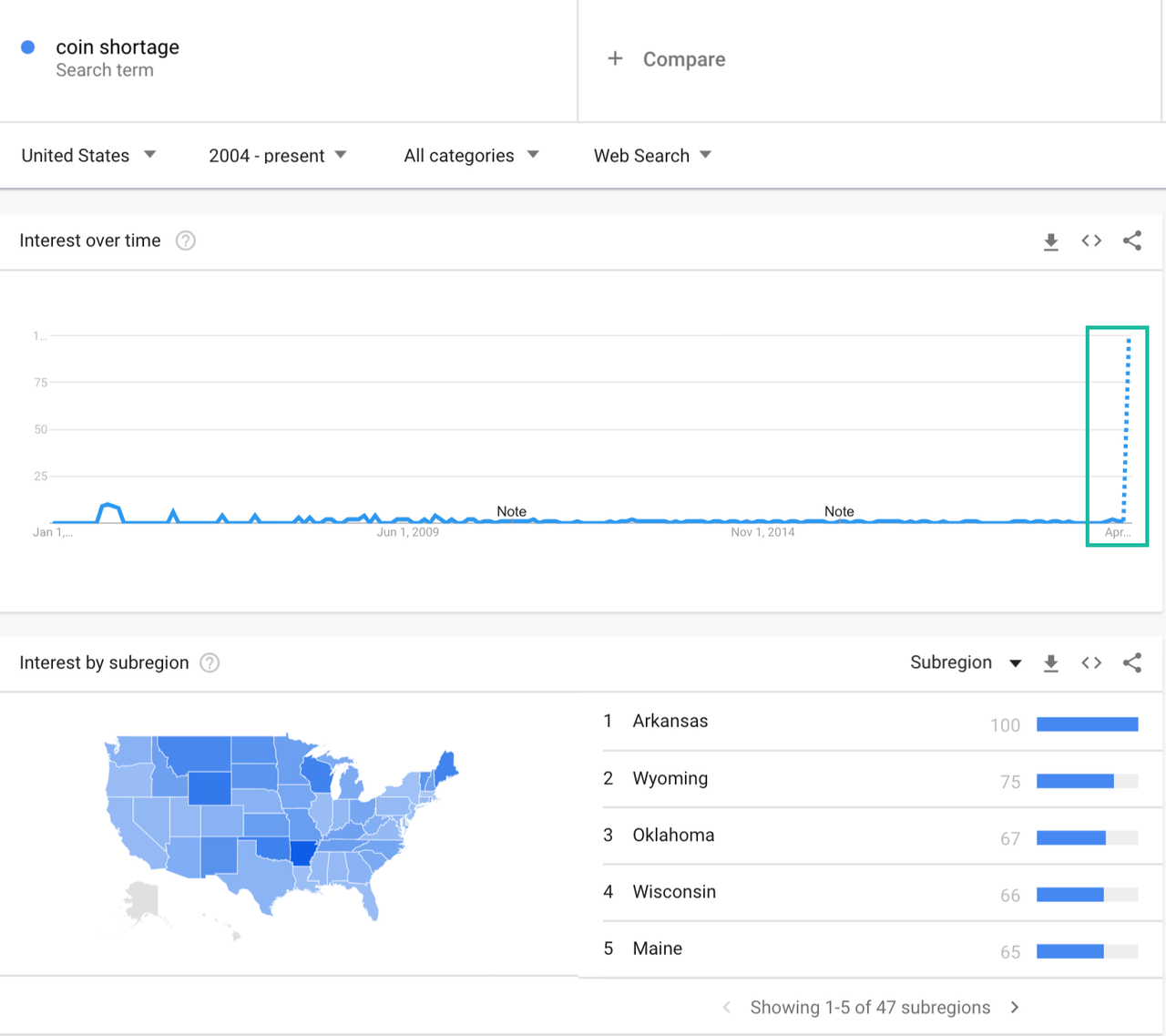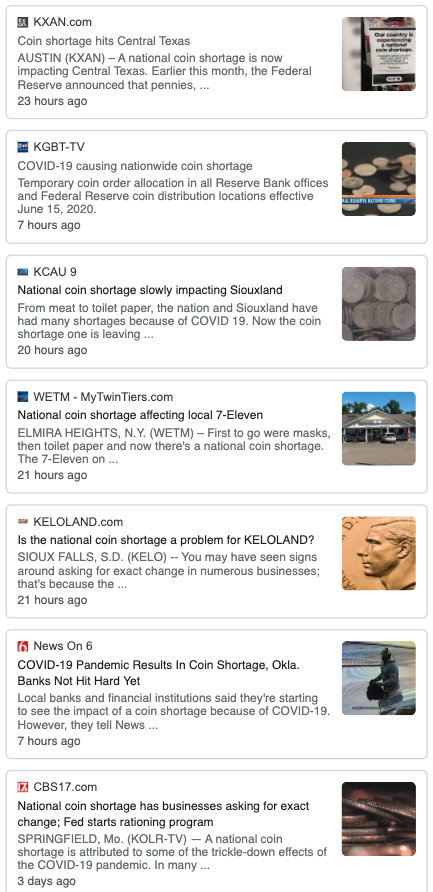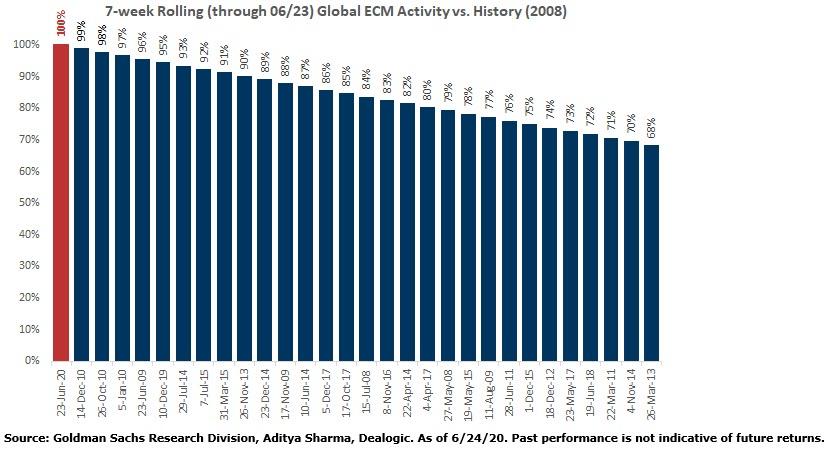This article was first published in Bloomberg View on Nov. 20, 2013.
Complex human societies, including our own, are fragile. They are held together by an invisible web of mutual trust and social cooperation. This web can fray easily, resulting in a wave of political instability, internal conflict and, sometimes, outright social collapse.
Analysis of past societies shows that these destabilizing historical trends develop slowly, last many decades, and are slow to subside. The Roman Empire, Imperial China and medieval and early-modern England and France suffered such cycles, to cite a few examples. In the U.S., the last long period of instability began in the 1850s and lasted through the Gilded Age and the “violent 1910s.”
We now see the same forces in the contemporary U.S. Of about 30 detailed indicators I developed for tracing these historical cycles (reflecting popular well-being, inequality, social cooperation and its inverse, polarization and conflict), almost all have been moving in the wrong direction in the last three decades.
Every year U.S. law schools churn out about 25,000 “surplus” lawyers, many of whom are in debt. A large number hope to enter politics.
The roots of the current American predicament go back to the 1970s, when wages of workers stopped keeping pace with their productivity. The two curves diverged: Productivity continued to rise, as wages stagnated. The “great divergence” between the fortunes of the top 1 percent and the other 99 percent is much discussed, yet its implications for long-term political disorder are underappreciated. Battles such as the recent government shutdown are only one manifestation of what is likely to be a decade-long period.
How does growing economic inequality lead to political instability? Partly this correlation reflects a direct, causal connection. High inequality is corrosive of social cooperation and willingness to compromise, and waning cooperation means more discord and political infighting. Perhaps more important, economic inequality is also a symptom of deeper social changes, which have gone largely unnoticed.
Increasing inequality leads not only to the growth of top fortunes; it also results in greater numbers of wealth-holders. The “1 percent” becomes “2 percent.” Or even more. There are many more millionaires, multimillionaires and billionaires today compared with 30 years ago, as a proportion of the population.
Let’s take households worth $10 million or more (in 1995 dollars). According to the research by economist Edward Wolff, from 1983 to 2010 the number of American households worth at least $10 million grew to 350,000 from 66,000.
Rich Americans tend to be more politically active than the rest of the population. They support candidates who share their views and values; they sometimes run for office themselves. Yet the supply of political offices has stayed flat (there are still 100 senators and 435 representatives — the same numbers as in 1970). In technical terms, such a situation is known as “elite overproduction.”
A related sign is the overproduction of law degrees. From the mid-1970s to 2011, according to the American Bar Association, the number of lawyers tripled to 1.2 million from 400,000. Meanwhile, the population grew by only 45 percent. Economic Modeling Specialists Intl. recently estimated that twice as many law graduates pass the bar exam as there are job openings for them. In other words, every year U.S. law schools churn out about 25,000 “surplus” lawyers, many of whom are in debt. A large number of them go to law school with an ambition to enter politics someday.
Don’t hate them for it — they are at the mercy of the same large, impersonal social forces as the rest of us. The number of newly minted MBAs has expanded even faster than law degrees.
So why is it important that we have a multitude of desperate law school graduates and many more politically ambitious rich than 30 years ago?
Past waves of political instability, such as the civil wars of the late Roman Republic, the French Wars of Religion and the American Civil War, had many interlinking causes and circumstances unique to their age. But a common thread in the eras we studied was elite overproduction. The other two important elements were stagnating and declining living standards of the general population and increasing indebtedness of the state.
Elite overproduction generally leads to more intra-elite competition that gradually undermines the spirit of cooperation, which is followed by ideological polarization and fragmentation of the political class. This happens because the more contenders there are, the more of them end up on the losing side. A large class of disgruntled elite-wannabes, often well-educated and highly capable, has been denied access to elite positions. Consider the antebellum U.S.
From 1830 to 1860 the number of New Yorkers and Bostonians with fortunes of at least $100,000 (they would be multimillionaires today) increased fivefold. Many of these new rich (or their sons) had political ambitions. But the government, especially the presidency, Senate and Supreme Court, was dominated by the Southern elites. As many Northerners became frustrated and embittered, the Southerners also felt the pressure and became increasingly defensive.
Slavery had been a divisive force since the inception of the Republic. For 70 years, the elites always managed to find a compromise. During the 1850s, however, intra-elite cooperation unraveled. On several occasions Congress was on the brink of a general shootout. (As one senator noted about his “armed and dangerous” colleagues, “The only persons who do not have a revolver and a knife are those who have two revolvers.”)
Although slavery was the overriding issue dividing the elites, they also differed over tariffs and cultural attitudes toward immigration. In the decade before the Civil War these centrifugal forces tore apart the two-party system. The Democratic Party split into its Northern and Southern factions, while the Whigs simply disintegrated.
Slavery was an absolute evil and was going to be abolished, sooner or later. But its abolition didn’t need to result in hundreds of thousands of Civil War deaths. (About the same time, Russia banned serfdom without a civil war. The Russian Revolution came 50 years later — when Russia was hit by its own elite overproduction.)
This U.S. historical cycle didn’t end with the cataclysm of the Civil War. Huge fortunes were made during the Gilded Age and economic inequality reached a peak, unrivaled even today. The number of lawyers tripled from 1870 to 1910. And the U.S. saw another wave of political violence, spiking in 1919–21.
This was the worst period of political instability in U.S. history, barring the Civil War. Class warfare took the form of violent labor strikes. At one point 10,000 miners armed with rifles were battling against thousands of company troops and sheriff deputies. There was a wave of terrorism by labor radicals and anarchists. Race issues intertwined with class, leading to the Red Summer of 1919, with 26 major riots and more than 1,000 casualties. It was much, much worse than the 1960s and early 1970s, a period many of us remember well because we lived through it.
Now, as during the 1850s, many of the political elites disdain compromise and are instead inclined to fight to the bitter end.
The spike in violence then was relatively mild, perhaps because it fell in an era known as the Great Compression. Economic inequality had started to decline after 1930. The difference between the incomes of the rich and poor was compressed. Elite overproduction was reversed: The number of millionaires (in 1900 dollars, $1 million equals almost $30 million today) declined in absolute terms (while population continued to grow).
The Great Compression unraveled in the late 1970s, when workers’ wages stagnated. We are living in a new cycle of growing inequality, elite overproduction, ideological polarization and political fragmentation.
Today we are seeing not just a bitter struggle between the Democrats and Republicans; the Republican Party itself is fragmenting. Now, as during the 1850s, many of the political elites disdain compromise and are instead inclined to fight to the bitter end. Thankfully our senators haven’t armed themselves with revolvers and Bowie knives.
We should expect many years of political turmoil, peaking in the 2020s. And because complex societies are much more fragile than we assume, there is a chance of a catastrophic failure of some kind, with a default on U.S. government bonds being among the less frightening possibilities.
Of course, catastrophe isn’t preordained. History shows a real indeterminacy about the routes societies follow out of instability waves. Some end with social revolutions, in which the rich and powerful are overthrown. This is what happened to the Southern elites — decimated in the Civil War, beggared when their main assets, slaves, were freed, and excluded from national power in Washington. In other cases, recurrent civil wars result in a permanent fragmentation of the state and society.
In some cases, however, societies come through relatively unscathed, by adopting a series of judicious reforms, initiated by elites who understand that we are all in this boat together. This is precisely what happened in the U.S. in the early 20th century. Several legislative initiatives, which created the framework for cooperative relations among labor, employers and the government, were introduced during the Progressive Era and cemented in the New Deal.
By introducing the Great Compression, these policies benefited society as a whole. They enabled it to overcome the challenges of the Great Depression, World War II and the Cold War, and to achieve the postwar prosperity. Whether we can follow such a trajectory again is largely up to our political and economic leaders. It will depend on all of us, rich and poor alike, recognizing the real dangers and acting to address them.
Bloomberg View
(Peter Turchin is the author, most recently, of “Ages of Discord: A Structural-Demographic Analysis of American History.”
Peter.Turchin@UConn.edu








